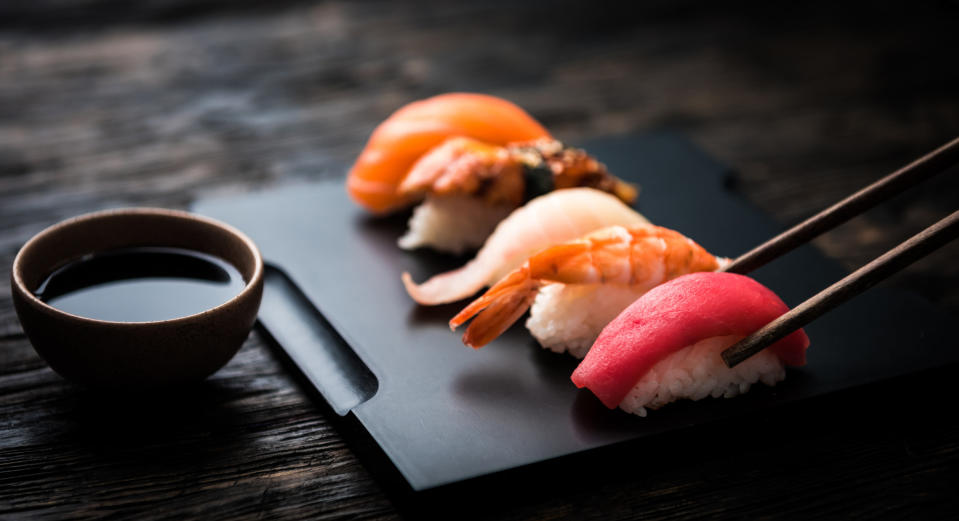Here Are The Red Flags To Watch Out For When Eating At Restaurants Abroad (From Someone Who Basically Lives To Travel And Eat)
If you're anything like me then you believe that food is a huge part of traveling. I've visited over 30 countries, and I'm constantly looking for amazing, most memorable meals. But I know that when visiting a new destination, it can be difficult to decipher the great, authentic restaurants from the tourist traps. So here are a handful of restaurant red flags I always watch out for, and how I find the hidden gems instead of the overpriced, mediocre eateries.
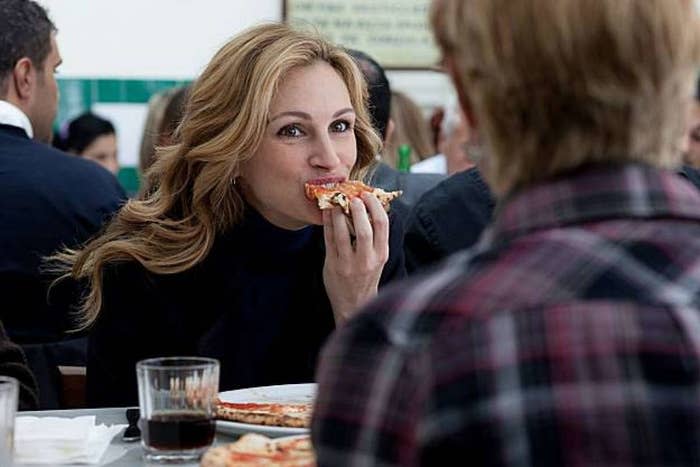
Of course, there's nothing wrong with eating at restaurants that cater to tourists. For example, maybe you care more about an amazing view than an amazing dessert, or maybe you've traveling with toddlers and a classic kids menu is really important. But personally, I usually try to seek authentic eateries, local spots, and under-the-radar restaurants that the guide books might not tell you about.
1.As a general rule, avoid restaurants that are right near very popular tourist attractions (the Eiffel Tower in Paris, Sagrada Familia in Barcelona, the Colosseum in Rome, etc...). These places are likely there to lure in tourists who don't know any better. There are some exceptions where you'll find great eateries in touristy areas, but unless you've done your research ahead of time, it's best to avoid these spots.
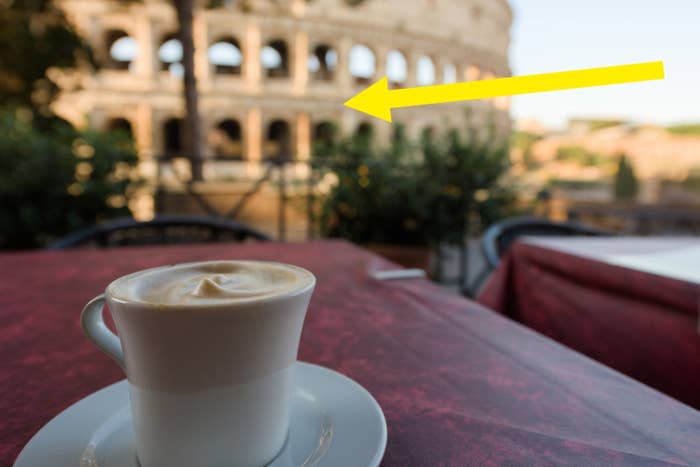
2.If a restaurant in a touristy area has two menus (one in English and one in the native language), pick the native language menu. It will probably have cheaper prices. Then use Google Translate to help you order.
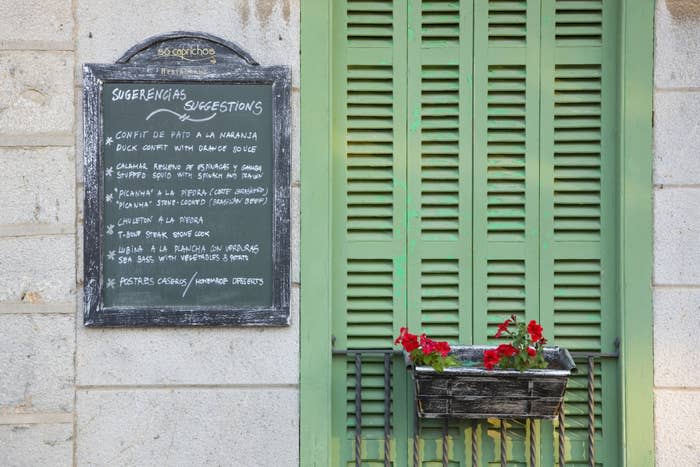
3.If there is a host trying to lure you into a restaurant, walk away. If you need to be actively convinced to dine, it's a no-go.

4.When you're dining out in Europe, the bread or crackers that are placed on your table probably aren't free. If you don't want it, tell the waiter to take it away. Otherwise, expect to see a line for it on your bill.

5.Unless you're in Asia, be wary of eating at a restaurant where the menu has watermark photos or fake plated food to illustrate the menu items. In places like Japan and Korea, there's a longstanding tradition where restaurants display fake food replicas made of plastic and wax, but in other parts of the world, this can be a sign of a tourist trap.
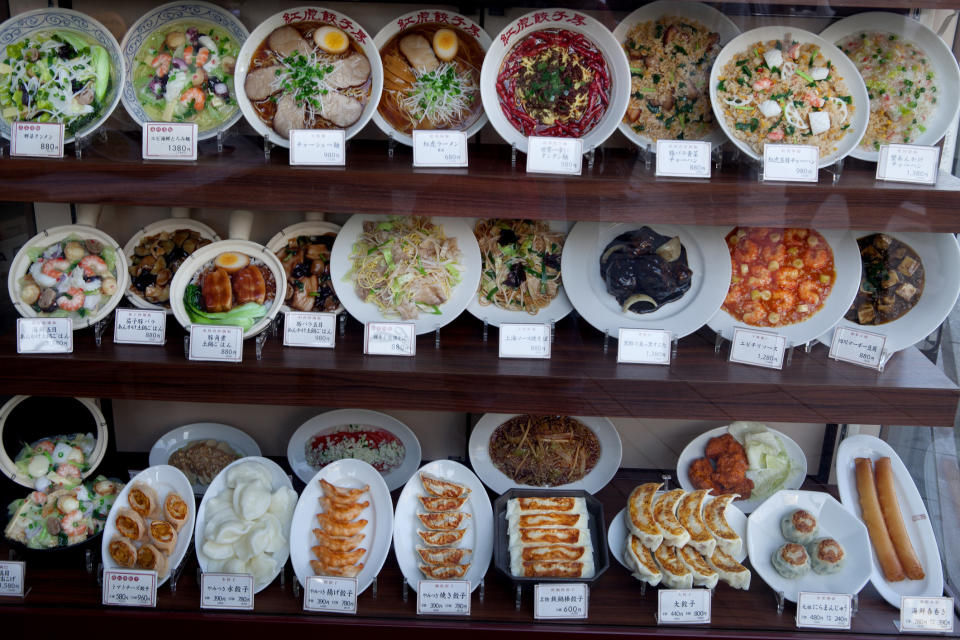
6.Research the local customs around dining out and choose your restaurant accordingly. For example, if you're in Spain, most locals don't eat dinner until 8 or 9 p.m. If you're wondering whether a Spanish restaurant is authentic or a tourist trap, look at the opening hours. Legitimate Spanish restaurants that cater to locals will open for dinner no earlier than around 7 p.m., while tourist traps will start serving dinner as early as 4 p.m. There are obviously some exceptions but this works as a good rule of thumb.

7.If you arrive at a restaurant and there are tour buses in the parking lot, consider it a no-go.
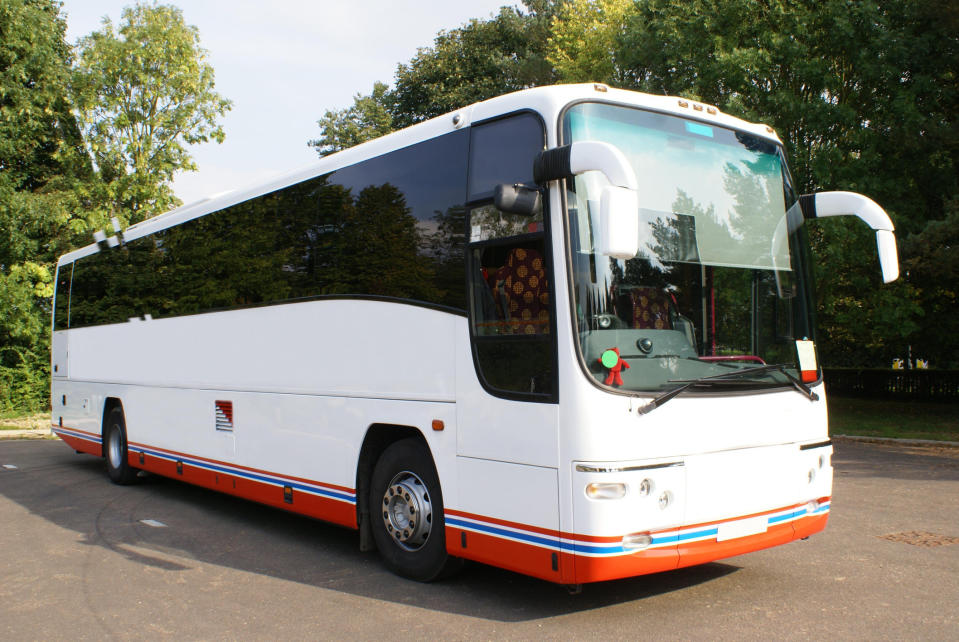
8.Pay attention to how much bottled water you're being served. In many restaurants abroad where people do not drink the tap water, your server might continue to open new bottles of water and charge you for them unless you say you've had enough.
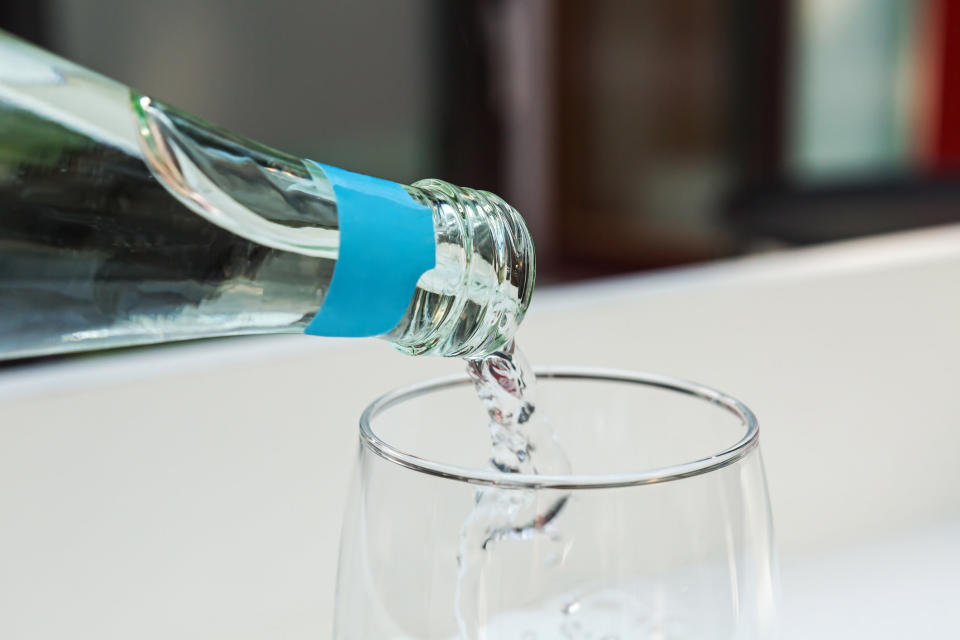
9.Before you sit down at a restaurant, take a quick look around to see if there are locals and people speaking the native language. If you can spot lots of locals, eat there. If it's filled with tourists, skip it.

10.There are exceptions, of course, but if a restaurant window showcases row after row of Trip Advisor awards, it's probably catered toward tourists.

11.If a restaurant menu is so huge and broad that it includes everything from poke bowls to spaghetti Bolognese, it's probably going to be extremely mediocre (and TBH, most of the dishes were previously frozen). Instead, stick to restaurants that specialize in one particular cuisine or a smaller, more focused menu.
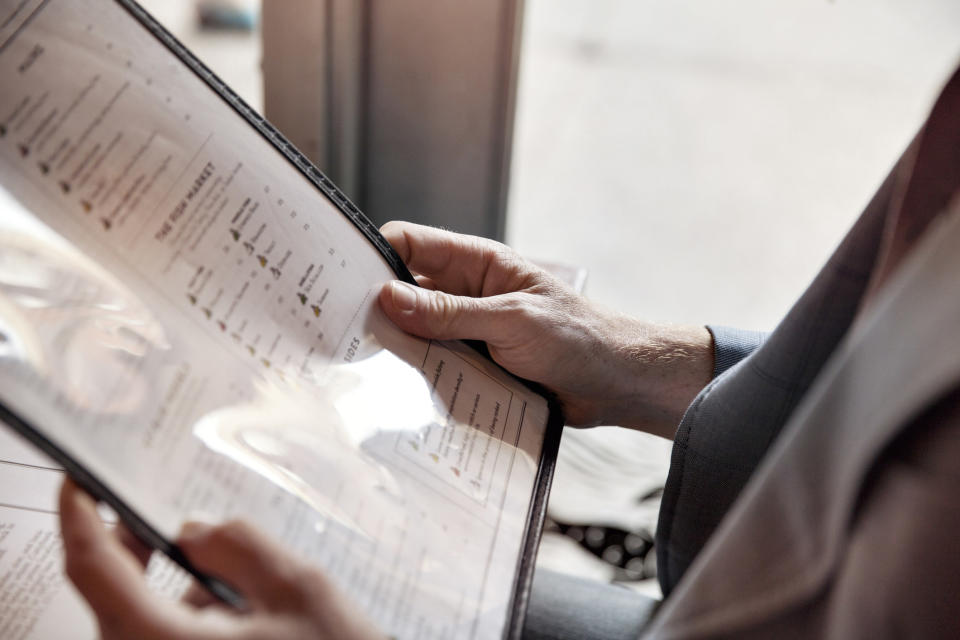
12.If you sit down at a restaurant and are immediately handed an English menu, you're likely in a very touristy spot. The most authentic restaurants abroad have only one menu in the native language.
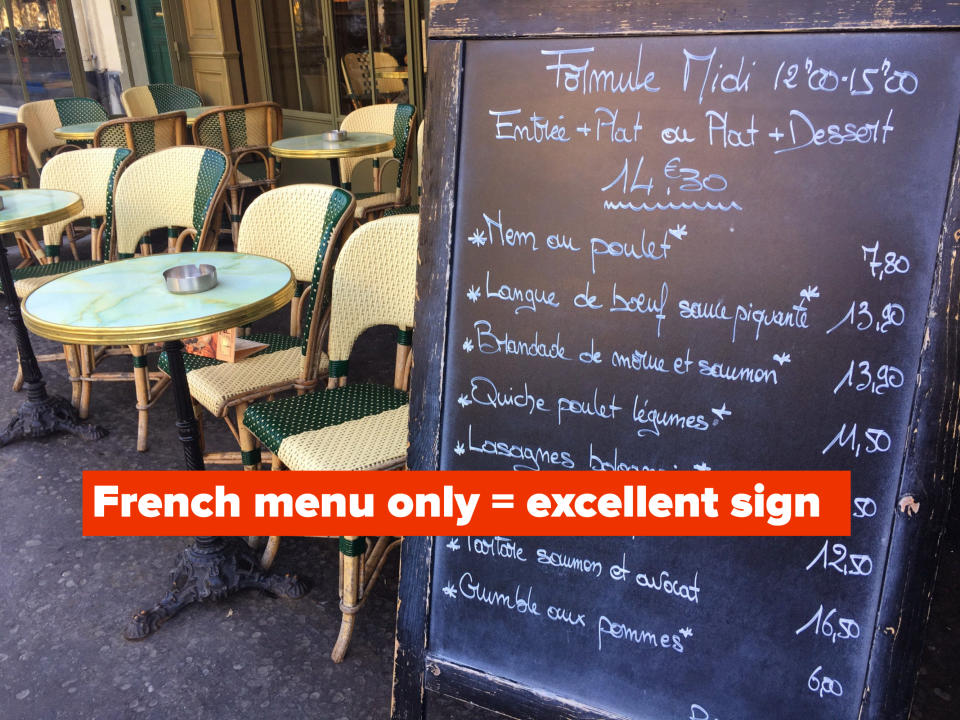
13.Instead of looking for a restaurant on a main street or highly trafficked area like a large Italian piazza, browse the side streets. This is often where you'll find the hidden gems.
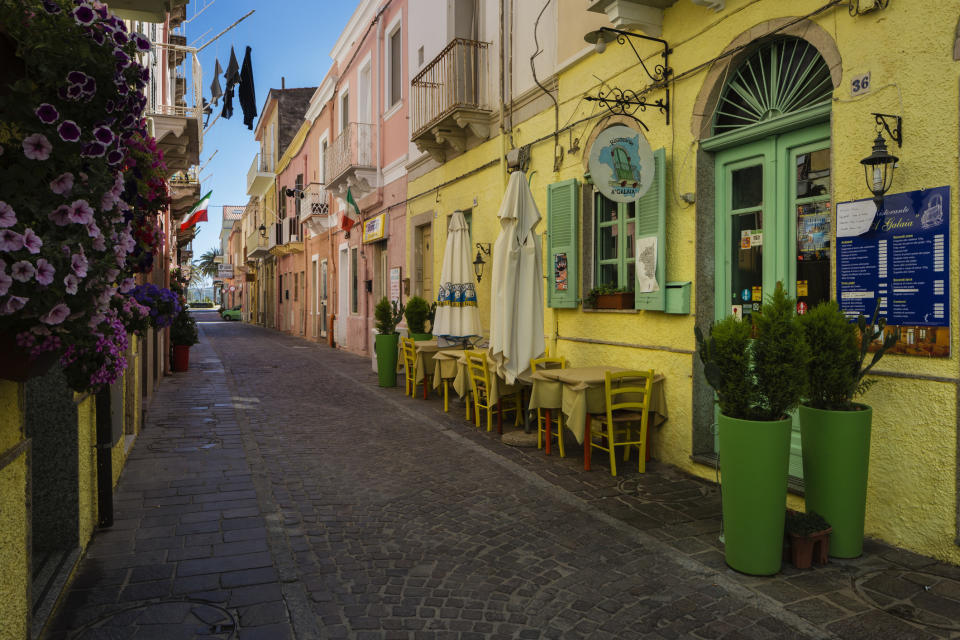
14.With few exceptions (like a hotel breakfast spread, for one) avoid restaurant buffets. Chances are they're not the most sanitary, and who knows how long that food has been sitting out. Plus, any all you can eat menu is more focused on quantity than quality.
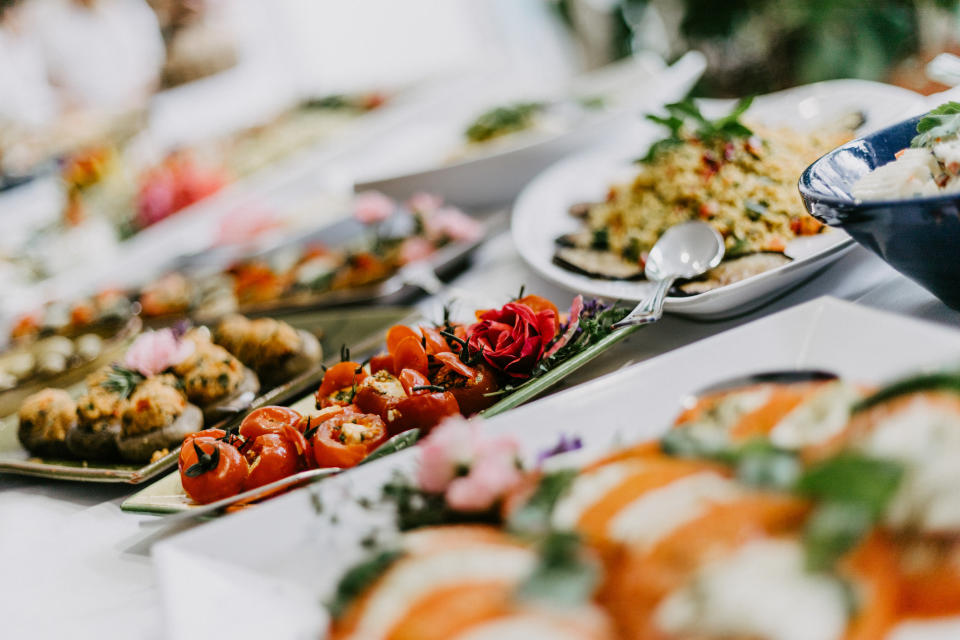
15.If you're nowhere near the ocean, you might want to think twice about the $1 oyster special.

16.Don't assume all of the street food is safe to eat. Ask your hotel concierge, Airbnb host, or even a local if there's any street food that should be avoided.
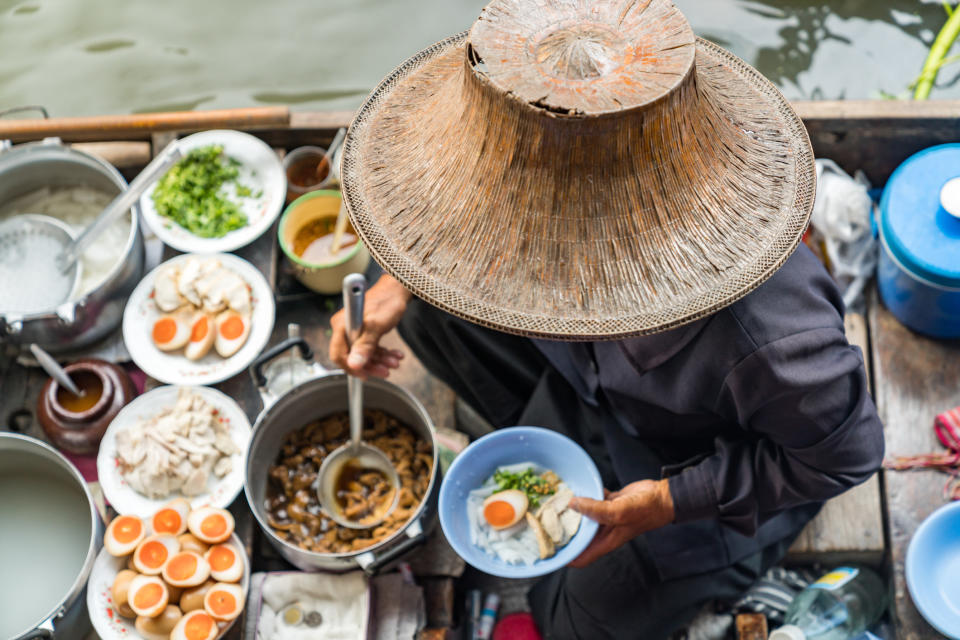
17.If your server is telling you about any nightly specials, make sure to confirm the price ahead of time. You don't want to order the whole lobster only to discover that it costs your whole paycheck when you get the bill.

18.If you're traveling to a place where you can't drink the tap water and you're eating out, double check with your server that even the ice cubes are made from filtered water and things like vegetables are not washed with tap water.

19.If you can get a table at a restaurant in a popular destination right away without a reservation or a wait during peak hours, it might be a bad sign.
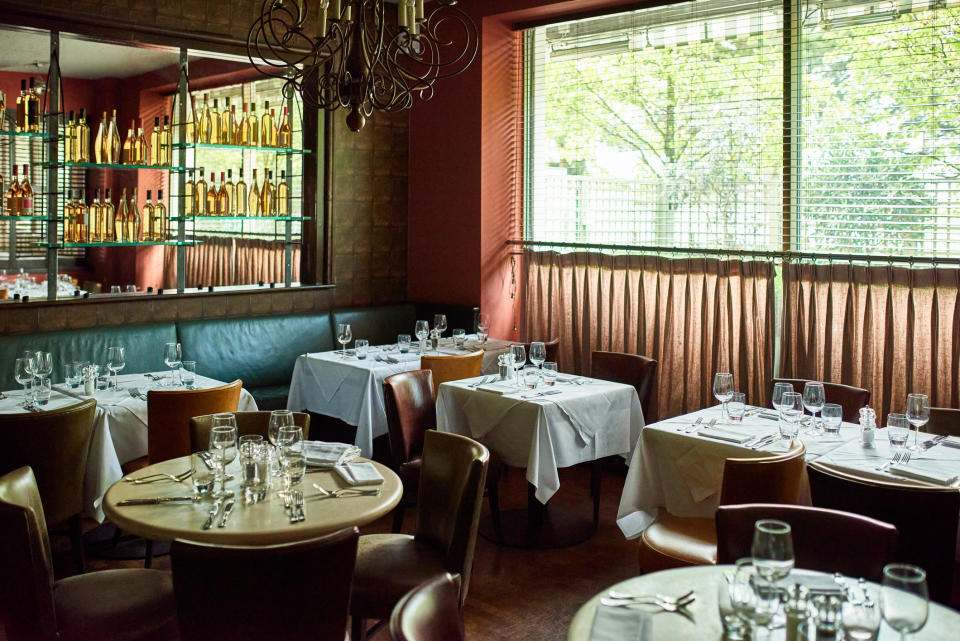
20.If you're eating at a restaurant that advertises an amazing view, just know that you'll probably be paying a hefty price for it.
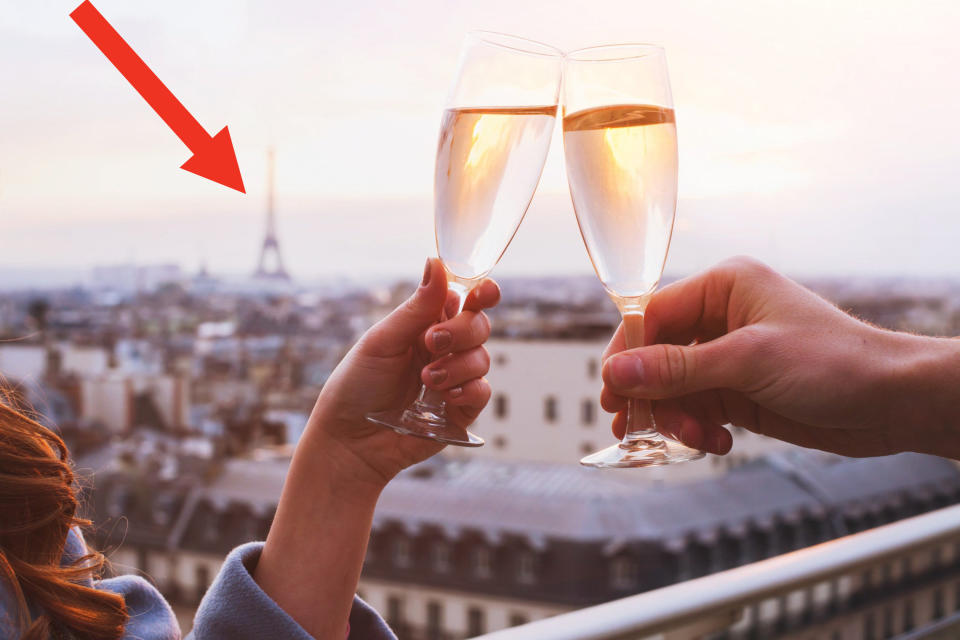
21.When it comes to street food, follow the crowds. It's worth waiting for the street food stall that draws a line rather than settling for the empty one. In other words, eat where others are eating.
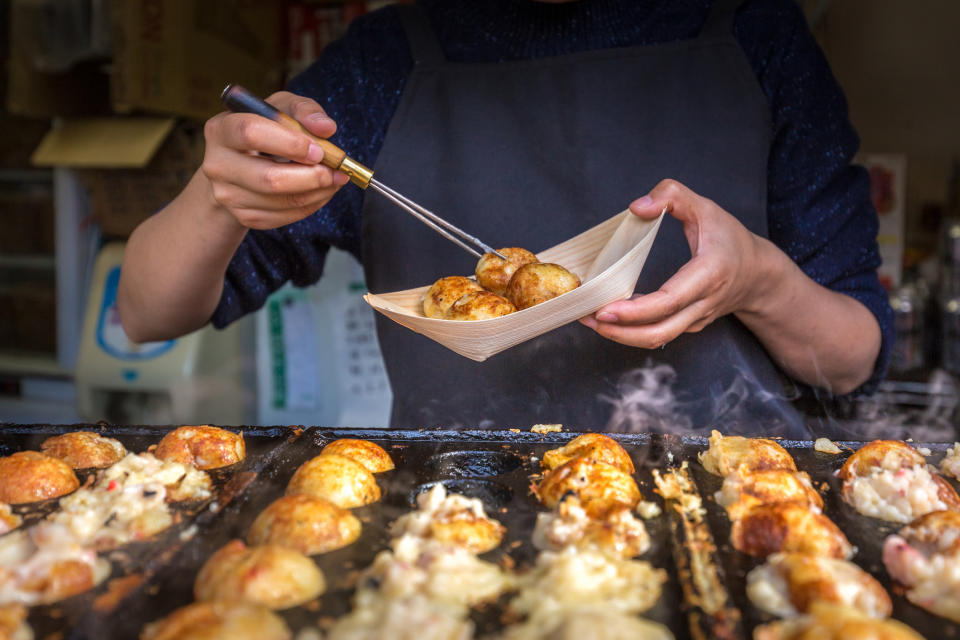
22.Ask where your seafood is from. If you server doesn't know (or doesn't offer to check), it's probably a red flag.
